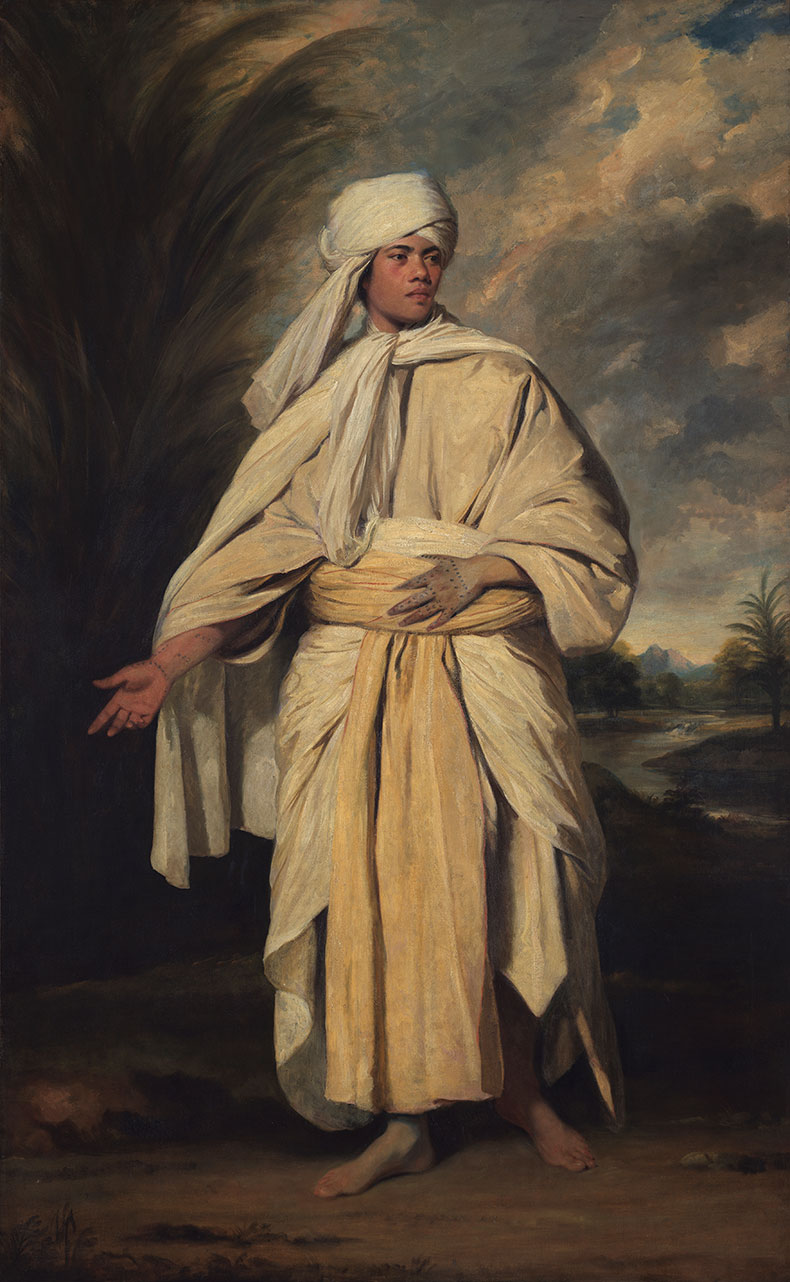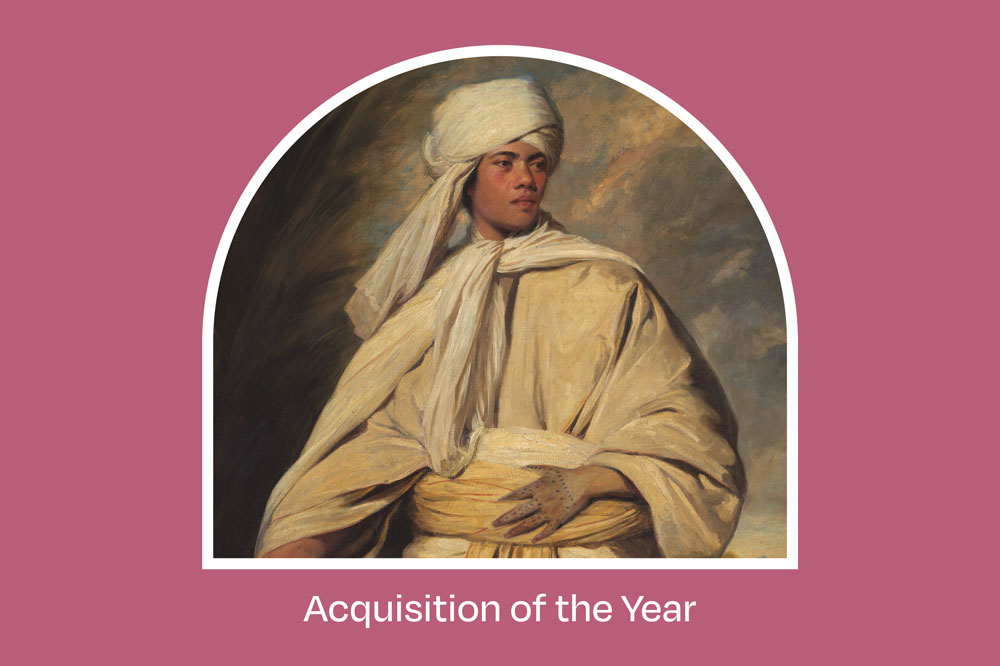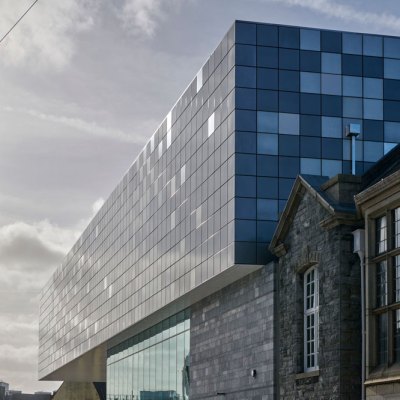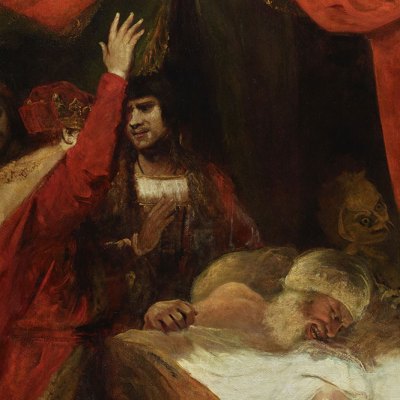National Portrait Gallery, London and J. Paul Getty Museum, Los Angeles
Portrait of Mai (c. 1776), Joshua Reynolds
At the time that Nicholas Cullinan, the director of the National Portrait Gallery (NPG), first launched an appeal to save Reynolds’s great portrait of Mai (Omai), it seemed unimaginable that he would succeed. John Magnier, its owner, had suggested a price of £50m, and although this was roughly five times what he had paid for it at Sotheby’s in November 2001, the price had been accepted by the Export Reviewing Committee on the recommendation of Anthony Mould, who held, almost certainly correctly, that its price would reflect the extreme rarity of a Polynesian sitter at a time when galleries all over the world are trying to diversify their collections. Fifty million pounds was a stupendous price for a public institution to raise, particularly since the NPG had only just finished raising £44m for its ambitious renovation; this was not long after the Russians had invaded Ukraine, and Cullinan took the view, again almost certainly correctly, that the public would not be sympathetic to spending so much on a painting in the middle of a cost-of-living crisis.
Cullinan went first to the National Heritage Memorial Fund, who offered £10.5m. The Art Fund said that it would contribute £2.5m, its largest ever grant. By February 2023, nearly half the £50m required was said to have been raised from 1,400 individuals, trusts and foundations, including the Deborah Loeb Brice Foundation and the Julia and Hans Rausing Trust – a hugely effective fundraising campaign, without having had to launch a wider public appeal.
It was at this point that Cullinan played his trump card, making it clear that the Getty Museum was willing to contribute £25m on condition that the painting spends half its time in California. There was a time that this would not have been regarded as a legitimate way of protecting such an important work, and the National Heritage Memorial Fund was said to have been initially resistant to the idea.
But Mai is also a work of international historic interest, a fascinating legacy of Captain Cook’s journeys to the South Seas: Mai had asked Tobias Furneaux, commander of the HMS Adventure, if he could accompany him back to London, then had travelled with him to New Zealand, and was greeted on his arrival in London with a mixture of anthropological curiosity and social celebration – meeting the King, attending the opening of Parliament, going skating and beating Giuseppe Baretti at chess. The origins of empire are not an issue of purely national concern. As the original press release accompanying the export stop in March 2022 made clear, ‘This magnificent British portrait has a global resonance.’ There is no reason why visitors to the Getty at the time of the Los Angeles Olympics in 2028 should not be at least as interested in seeing a great painting of a Polynesian as visitors to the top floor of the newly redisplayed NPG in London. So, it feels appropriate that the joint purchase of Mai by the NPG and the Getty should mark a new era of international museum collaboration in acquisitions.
Meanwhile, Mai has been hung in a place of great honour in the big gallery at the far end of the Duveen Wing on the top floor of the NPG. This used to be a difficult gallery to hang and was always in danger of being at the far end of a sequence of galleries, a cul-de-sac, full of Regency worthies. Lucy Peltz, the curator in charge of the rehang, has adopted a grand floor-to-ceiling hang, as if it were a gallery transplanted from the 18th-century Royal Academy. The presence of Mai in such a prominent position makes it clear that London at the time was a far more diverse society than used to be recognised, and it does so not in a heavy-handed way, but through the acquisition of a great work of art.
Portrait of Mai (Omai) (c. 1776), Joshua Reynolds. Courtesy National Portrait Gallery, London





